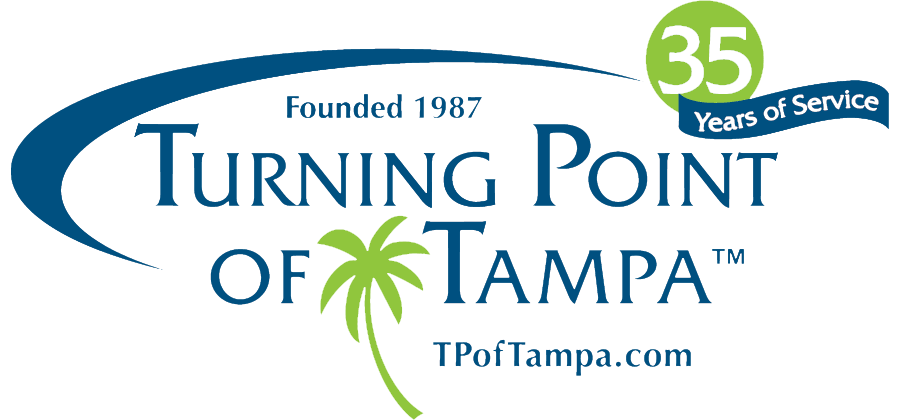Seasonal depression, often called seasonal affective disorder (SAD), is a recurrent depressive disorder that manifests or intensifies during certain times of the year. Typically, people are afflicted with SAD in the fall and winter seasons, although it can happen at other times. The most common signs are lethargy and moodiness.
Symptoms of SAD are similar to those of other depressive disorders. The Mayo Clinic website states signs and symptoms of seasonal depression may include:
- Feeling depressed most of the day, nearly every day
- Losing interest in activities you once enjoyed
- Having low energy
- Having problems with sleeping
- Experiencing changes in your appetite or weight
- Feeling sluggish or agitated
- Having difficulty concentrating
- Feeling hopeless, worthless or guilty
- Having frequent thoughts of death or suicide
Those suffering winter-onset SAD may experience food cravings, especially for calorie-dense carbohydrates, weight gain, and a desire to sleep unusually long hours.
A study published in Depression Research and Treatment found the risk of SAD increases for those who have depression or bipolar disorder, have one or more blood relatives who had SAD or another depressive disorder, or live far from the equator. It is estimated 5-6 percent of adults in the U.S. suffer from SAD, with depression lasting several months of each year.
The disorder has also been linked to a biochemical imbalance in the brain which is triggered by less sunlight during winter months. This lack of daylight affects the body’s internal clock and circadian rhythm. This correlates to the fact that the farther you move from the equator, the fewer daylight hours there are.
According to an article on the Psychology Today website, SAD affects about 10 million Americans, with another 10-20 percent affected by a milder form of the disorder. Alcohol use is found in about 34 percent of those diagnosed with SAD, according to research.
Substance use disorders and depression
Substance use disorder (SUD) is a chronic disease characterized by the compulsive use of drugs or alcohol that continues in spite of negative consequences.
The Substance Abuse and Mental Health Services Administration (SAMHSA) further defines a substance use disorder as occurring “when the recurrent use of alcohol and/or drugs causes clinically significant impairment, including health problems, disability, and failure to meet major responsibilities at work, school, or home.”
The 2014 SAMHSA National Survey on Drug Use and Health found that almost 8 million adults in the U.S. had comorbidly occurring mental health issues, like substance use disorder and depression.
Co-occurring disorders, also called dual diagnosis, means a person has been diagnosed with both a substance use disorder and a mental illness. One or the other may have occurred first, but both are now active. Co-occurring disorders often cause the symptoms of both disorders to intensify.
Multiple studies have identified a strong link between mood disorders and substance use disorders. A research report by the National Institute on Drug Abuse on the co-occurrence of addiction and other mental illnesses cites data that found “persons diagnosed with mood or anxiety disorders are about twice as likely to suffer also from a drug use disorder (abuse or dependence).”
An article in the New York Times quoted Dr. Shelly Greenfield, a professor of psychiatry at Harvard Medical School and director of McLean Hospital’s Alcohol and Drug Abuse Clinical and Health Services Research Program, as stating, “Depression makes people more vulnerable to alcoholism and vice versa. About a third of depressed people also have a problem with alcohol.”
In an effort to overcome the effects of depression, those with SAD may “self-medicate”, most commonly with alcohol, marijuana, or stimulant drugs.
Treatment for seasonal depression and addiction
If left untreated, substance use disorder and SAD can worsen with potentially life-threatening consequences. Drug and alcohol use can lead to death, whether by overdose, alcohol poisoning or another adverse health impact, motor vehicle accident, falls, homicide or suicide. SAD itself can also be life-threatening, as it can lead to a higher risk of suicide like other major depressive disorders.
It’s important that both SAD and any co-occurring substance use disorder be treated simultaneously. Patients with both disorders tend to have more severe symptoms than those who suffer only from mental health challenges or addiction alone. Treating the conditions at the same time has been shown to have better outcomes.
What you can do to help yourself
First, consult with your doctor. Substance use disorder and SAD are serious mental health conditions. The sooner you begin treatment, the better your life will be. While undergoing treatment, there are steps you can take to improve your mental outlook and enhance your recovery journey. These can include:
- Stay active: Fight the inclination to stay in bed or on the couch. Find an interesting hobby or other activity to keep you busy. Interact with those you enjoy and trust, especially those with a positive outlook. For those with a substance use disorder, find sober activities and friends.
- Increase positivity: Listen to positive messages, try yoga, meditation, regular exercise. Keep a gratitude journal. Volunteer to help others in need.
- Focus on nutrition: Be aware of what you eat. Instead of starchy, sugary carbs, eat more fruits, vegetables, fish, eggs, and lean meats and poultry. Incorporate salmon, chia seeds, flax seeds, and other sources of omega-3 fatty acids into your diet.
- Find a support group: Ask your health professional or addiction counselor for local support group resources. There are many 12-step groups available for those with substance use disorders, and there are often local groups for those with depression and other mental health disorders.
Turning Point of Tampa’s goal is to always provide a safe environment and a solid foundation in 12-Step recovery, in tandem with quality individual therapy and groups. We have been offering Licensed Residential Treatment for Addiction, Eating Disorders and Dual Diagnosis in Tampa since 1987.



